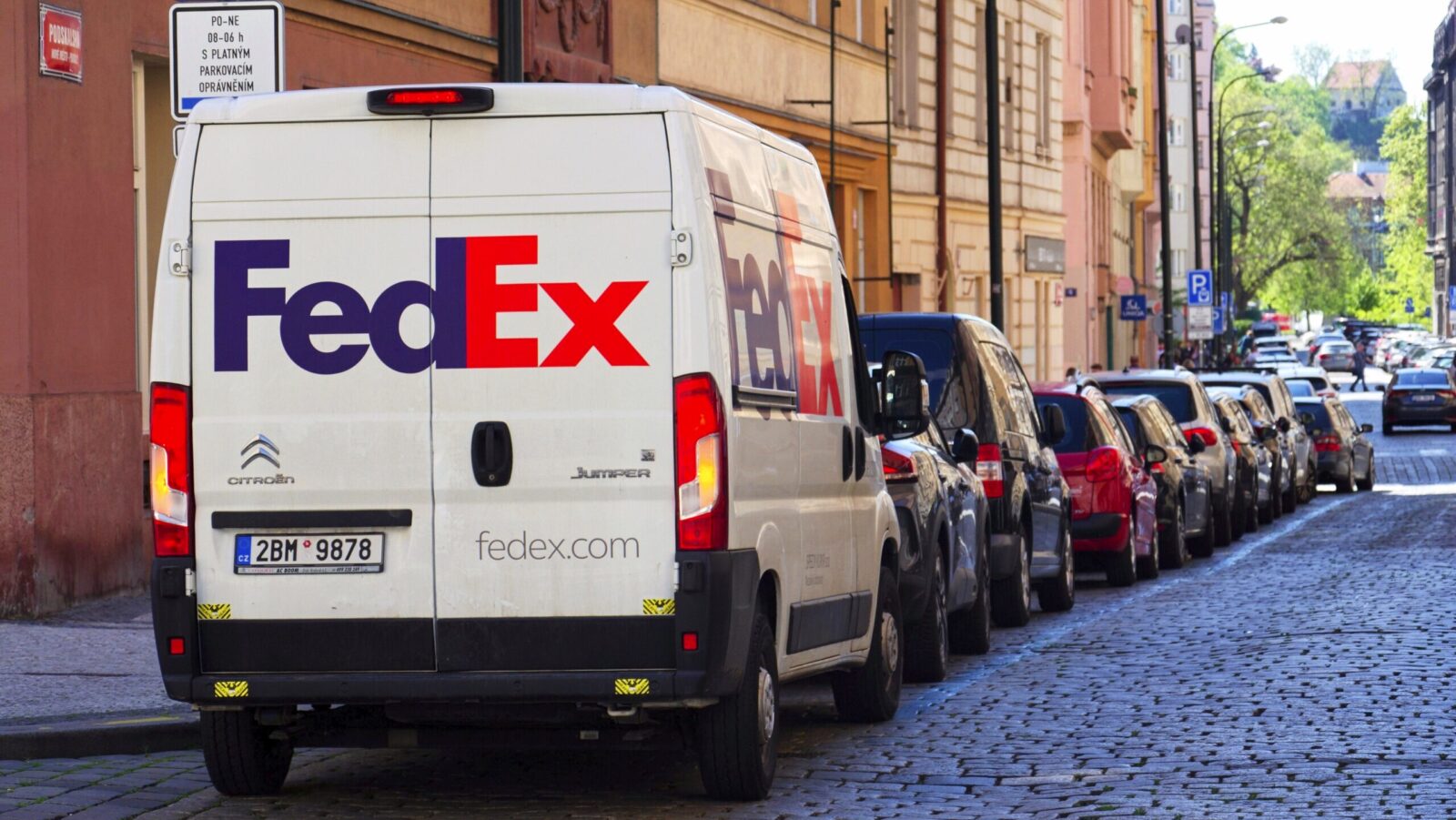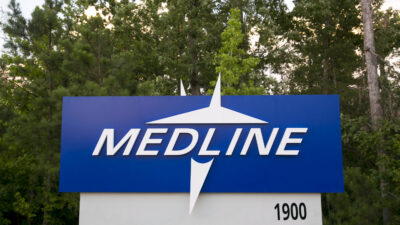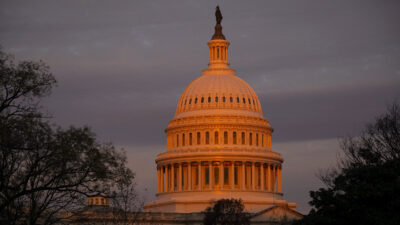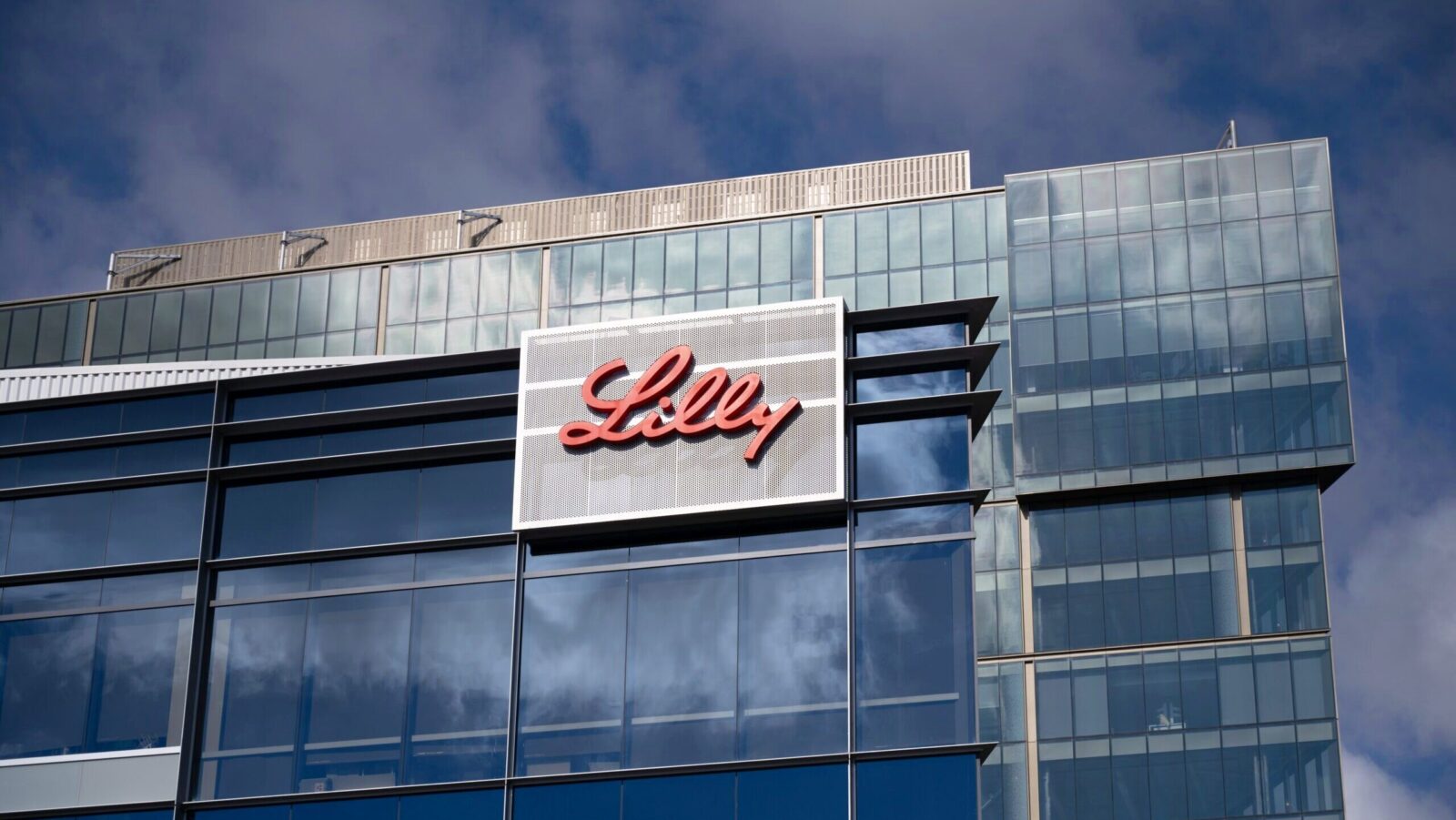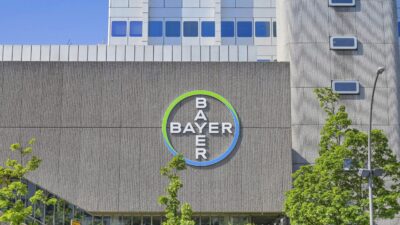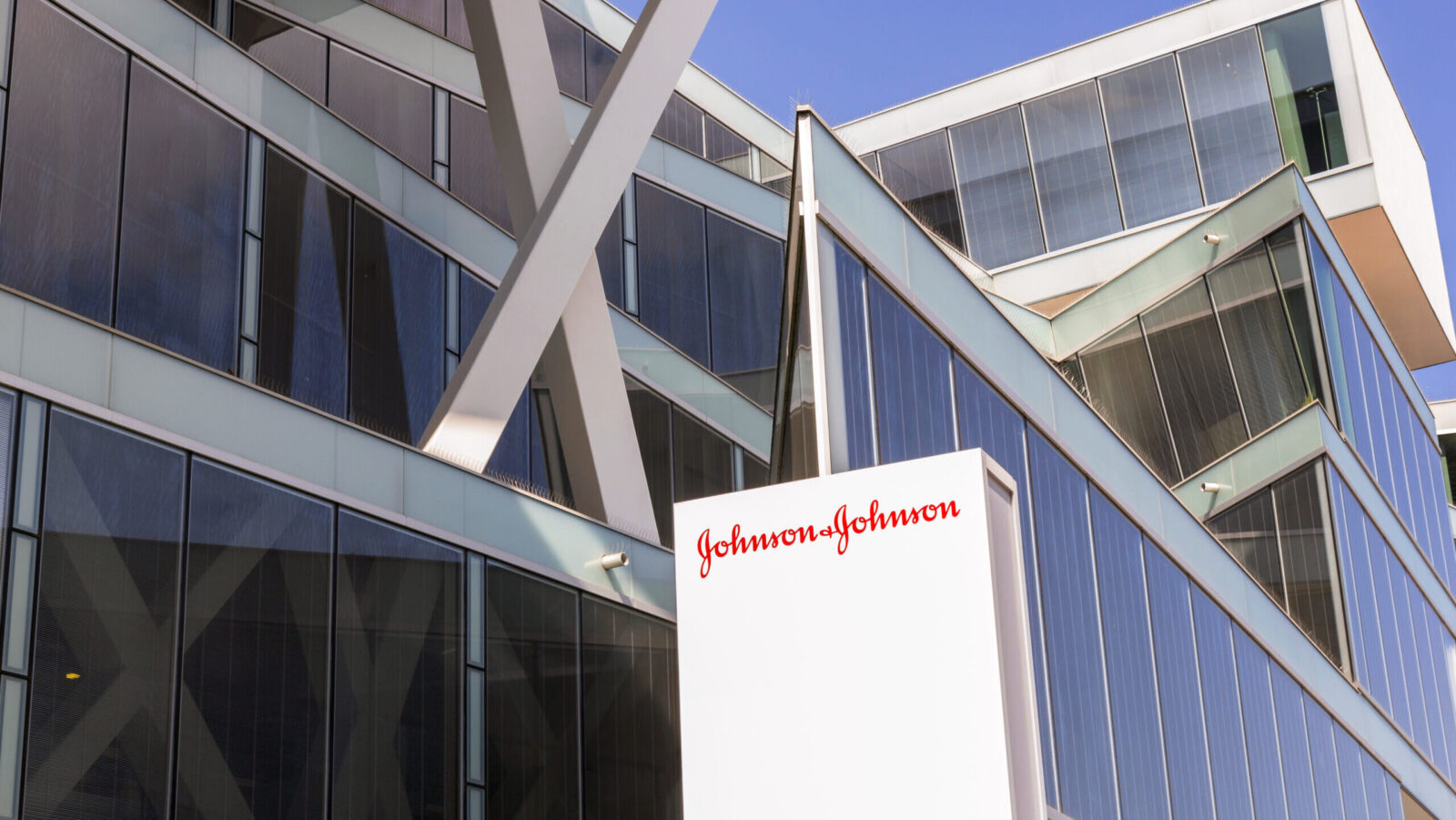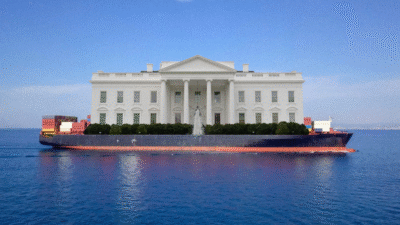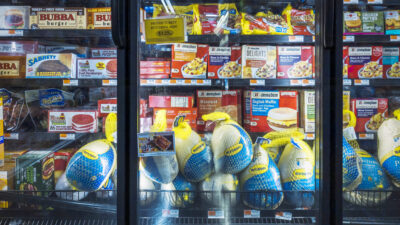Pfizer Pops Despite Looming Pharma Tariffs
The tariff threat come just a few days after the White House sent letters to major drugmakers demanding slashed prices for US patients.
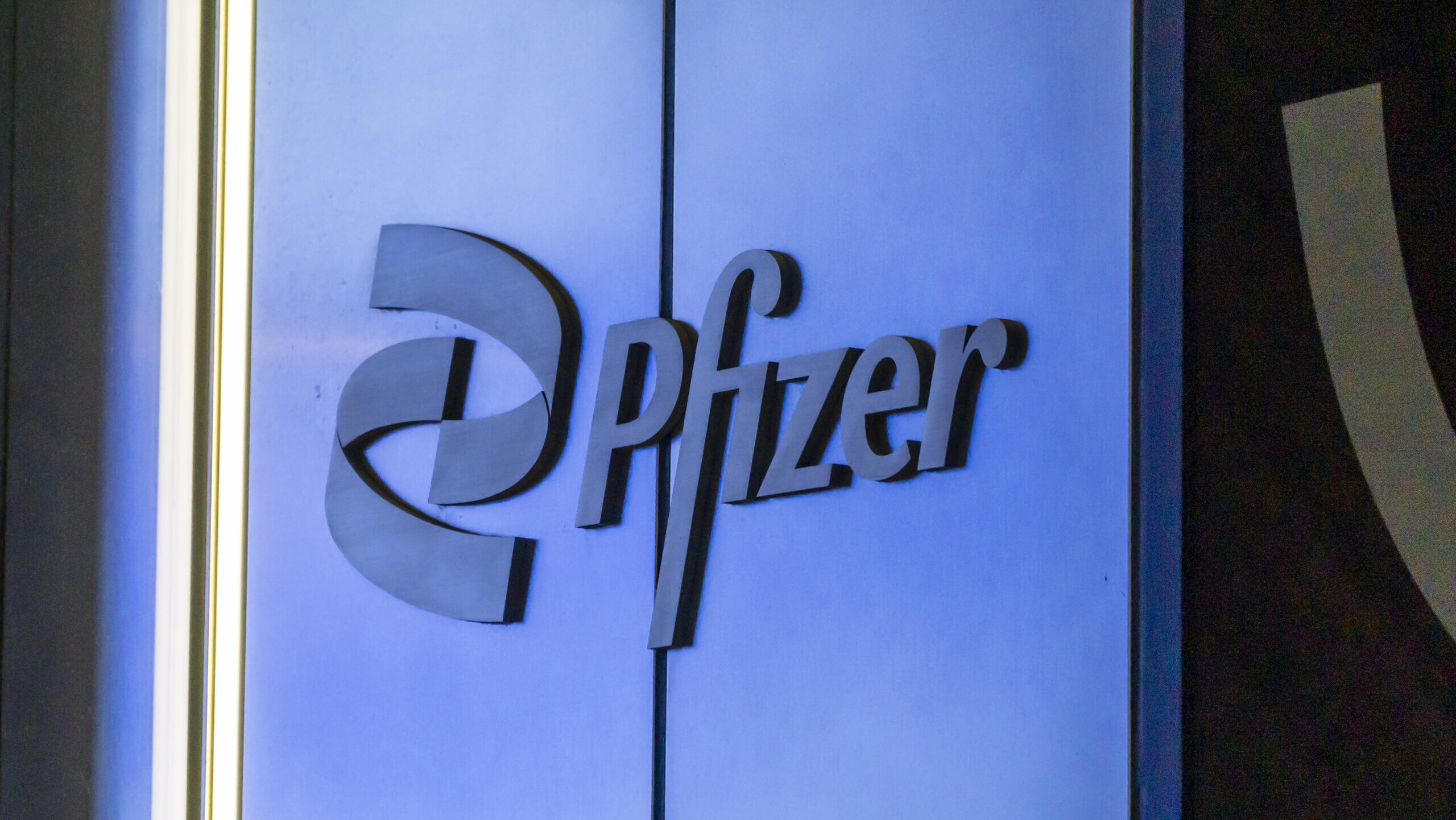
Sign up for smart news, insights, and analysis on the biggest financial stories of the day.
Describing it as a comeback would undersell it.
In its second-quarter earnings report on Tuesday, pharma giant Pfizer announced $14.7 billion in revenue, smashing consensus expectations by more than $1 billion. Then, for good measure, the drugmaker raised its profit guidance for the year, thanks to cost-cutting and strong demand for its business. Sure, the parade met a little rain as the president said in an interview on Tuesday that pharma-focused tariffs will likely be announced “within a week or two,” but it was a good day for Pfizer overall.
Extreme Pharma Makeover
In the face of declining demand for its Covid business — not to mention looming patent expirations for four of its marquee non-Covid treatments — Pfizer has been forced to reinvent and remake itself. So far, that has meant walking an oh-so-tricky tightrope of pairing a massive cost-cutting plan (with $7.2 billion to be saved by 2027) with an aggressive eye for pipeline-boosting acquisitions (the company also said Tuesday it has allocated $13 billion for dealmaking this year).
The turnaround plan has been in place since 2023, and Tuesday’s earnings offered a strong signal that the strategy is starting to work. But the same pandemic that buoyed Pfizer’s prominence also revealed pharmaceutical supply-chain vulnerabilities and issues in America’s domestic drugmaking capacity. The chief issue being that America has virtually no domestic drugmaking capacity. With that diagnosis (as well as the diagnosis that Americans pay too much for pharmaceuticals), the White House has a treatment plan: tariffs.
Which means Pfizer may have to enter another period of reinvention. In its earnings call Tuesday, the company made clear the new policy directives are hardly a surprise:
- Pfizer said its revised profit guidance for the year of $2.90 to $3.10 a share, up from previous guidance of $2.80 to $3 a share, already factored in the fresh wave of tariffs on imports from China, Mexico and Canada, as well as “further potential price changes this year” that have yet to come.
- Tuesday wasn’t the first time pharma tariffs have been floated. In early July, the president mused that tariffs of as much as 200% could be imposed on pharmaceuticals “very soon.”
Play Ball: The increased import duties come just a few days after the White House sent letters to 17 major drugmakers demanding “binding commitments” to slash prices for US patients. In July, Pfizer entered a partnership with Bristol Myers Squibb to do just that — allowing its blood-thinning treatment Eliquis to be sold directly to US consumers at a 40% discount (Eliquis remains Pfizer’s best-selling treatment, though its patent will expire in April 2028). The prospect of 200% tariffs and the order to slash prices will likely present yet another tricky tightrope for Pfizer and its industry peers. Or so says leading industry trade group PhRMA, which in a statement earlier this year called tariffs “counterproductive” to lowering prices.
